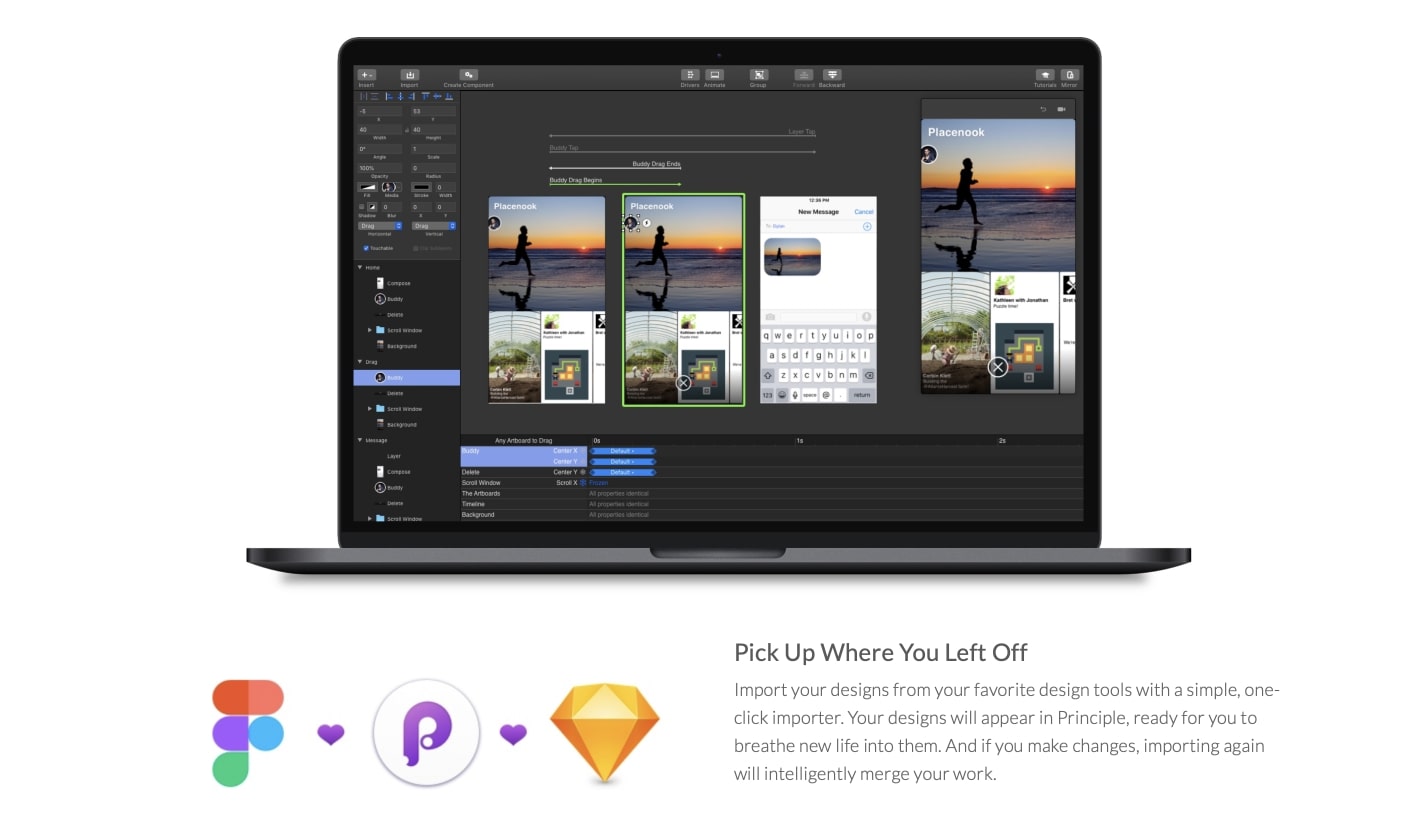
Taken between 1969-1990 and from 1978-1985 as well as prints and proof sheets. Of 67 boxes with 2,997 batches of 35mm and 120mm black and white and color negatives Not being able to experience that – with Kite’s music or anyone else’s – is painful right now, and as a bittersweet compromise Kite At The Royal Opera gives us all the chance to reflect on the power and beauty of their catalog, and hopefully points towards what we can look forward to sharing again someday.1969 1996 Quantity 67 Boxes, (36.75 linear ft.) Collection Number UUS_P0001 Summary The Herald Journal photograph collection consists
KITE COMPOSITOR VS FLINTO LICENSE
Something held and felt privately is given license to open up and try to connect (the same tentative experience to which “Up For Life” speaks), and is generally reciprocated and amplified. But coming together with others around their music now and again – hearing it out at a club or experiencing it live – is all the more powerful for that. Kite’s records, especially their last couple, are likely best listened to alone, in times of emotional frailty.

A notable exception is “Hills”, a track which well predates those more recent and audacious compositions: the bedroom synth of the original is replaced by a massive “Solsbury Hill”-cum-Arvo Pärt gospel arrangement. The same could be said for “True Colours”, with its stoic march buoyed up by strings and percussion. The strings on “Nocturne” which sway beneath Stenemo’s vocals (which are given some interesting new auto-tune in moments on the track) nicely replicate the synthesized orchestral and percussive passages of the VI original, lending resonance but not reinvention. Whether it’s due to the subtlety of the arrangements of film composer Jukka Rintamäki (who adds keys and lap steel guitar onstage) or the mix itself, the orchestral instrumentation never oversteps. Many of these often trade on the supposed novelty of such team-ups or are bent on underscoring the ‘serious’ nature of bands who, frankly, doth protest too much. Pop history is rife with collaborations between orchestral groups and artists generally removed from art music traditions and presentations. Even before addressing the presence of the orchestra itself, it should be noted that this recording does a solid job of capturing the scope of a live Kite show: the space of the opera hall brings out the “Plainsong”-strength weight and impact of “Tranås/Stenslanda”‘s rich and brassy pads, and gives Stenemo’s voice plenty of room on the sparse “My Girl And I”, underscoring the song’s wistfully keening and lovestruck tone. Recorded just over a year ago at the Royal Swedish Opera in Stockholm, this performance features, amongst other additional contributors, a sixteen-piece orchestra augmenting Stenemo and Berg’s well-established array of sweeping, contemplative synths.

The irony of this 80 minute live document, then, is that it’s technically their first LP, though one that brings the enduring power of their existing work into a grand and sustained context. From the bubbling dancefloor immediacy of their early pop tunes to the grand majesty of their recent lush laments, Kite’s discography has to be considered to be, pound-for-pound, one of the best in synthpop history at this point. To date, Nicklas Stenemo and Christian Berg have released just 34 original Kite songs since 2008, and just about all of them are killers. For years we’ve celebrated Kite for, amongst other things, the incredible quality control their ‘EPs and singles only’ mandate has allowed them to maintain.


 0 kommentar(er)
0 kommentar(er)
